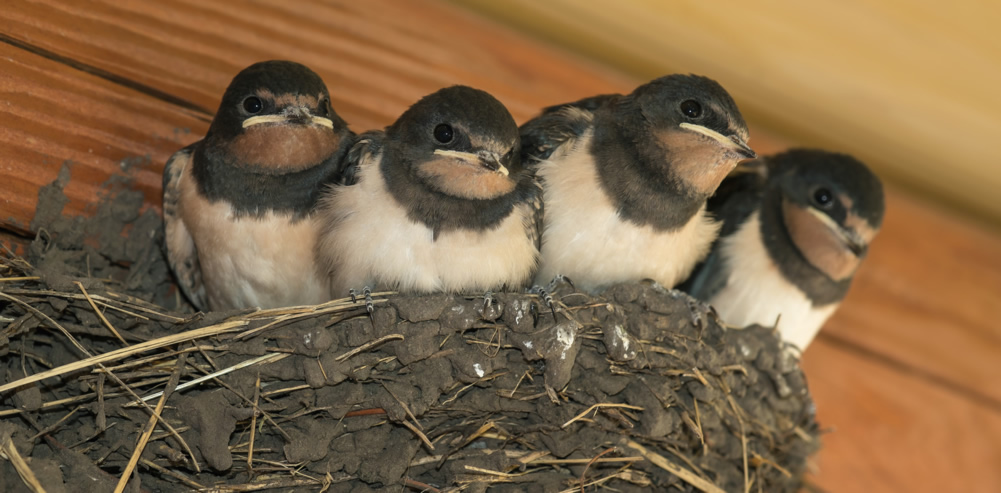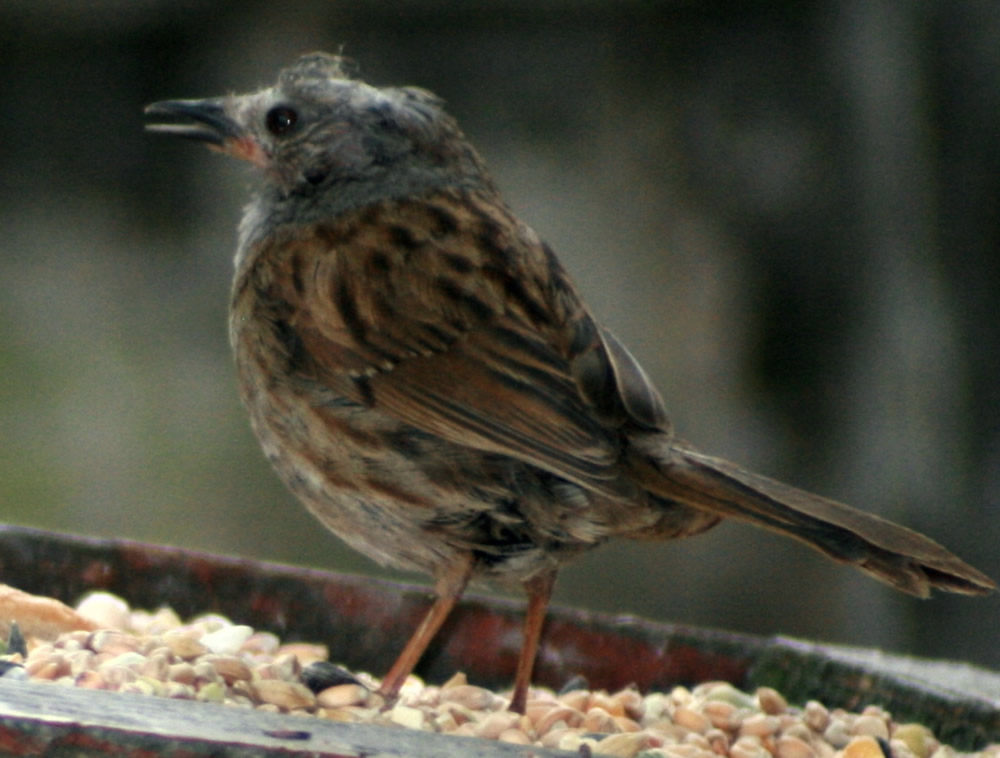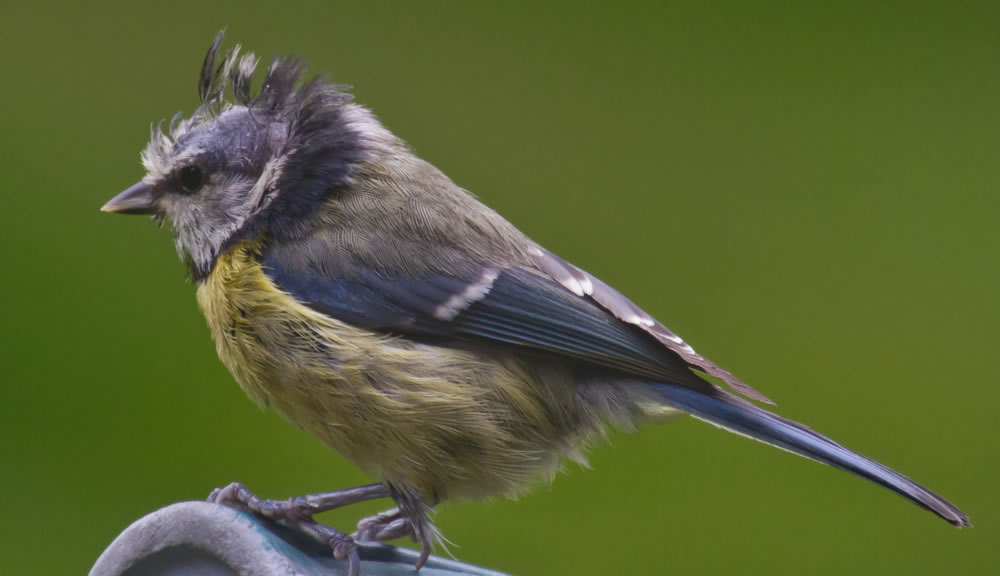Certain winged animal species, similar to finches, parrots and parakeets, are bound to contract mites. Bird bugs feed on your feathered creature’s blood, can live and flourish in your flying creature’s home or confinements, and can multiply at an alarming rate.
Feathered creatures are powerless to external parasites like bugs, and if a vermin pervasion isn’t dealt with, it can spread to owners and family members leading to genuine sickness or passing for your winged animal.
Be that as it may, there are steps you can take to treat the invasion, so it doesn’t return.
What are mites?
Mites are insect parasites, little arthropods in the family of Arachnida and the subclass Acari. The body is in two areas, the prosoma or cephalothorax (there is no neck or body separation from the head), and an opisthosoma(rear body parts of most arthropods).
Most mite parasites are little, under 1 mm (0.04 in) long, and have a basic, unsegmented body design. Their almost microscopic size makes them barely noticeable; a few species live in dirt help break down minerals and carcasses, many live in water, others live on plants, while others again are carnivorous or disease-carrying parasites.
Types of mites and Signs your bird may be infested with them

-
Lung or Air Sac Mites
Flying creatures can hack and wheeze much of the time if suffering from a terrible invasion of parasites. They may inhale with trouble as though wheezing – mites can swarm the flying creatures air sacs or air passages. The winged animal may begin to make a clicking sound or raspy and deep tones when attempting to sing.
-
Plume Mites
Plume mites, also known as feather mites, are usually found on feathered creatures with a low immune system framework. The fowl will be eager regularly more so around evening time. They may have all the signs of being powerless (this is from frailty from the vermin feeding on the bird). You could see damaged, dull or overly ruffled feathers when birds are infected with plume mites.
-
Tunneling Face Mites
There may be a covering of a crust looking development around the beak, eyes or bill. This is where you will see face mite parasites. These bugs delve into the fowl’s skin like they are making burrows.
-
Layered Leg Mites
Check your fowls’ feet and legs. You may see flaky skin that can look dry and have a white covering on it. On the chance the parasite has tunneled into the skin, it can develop swelling or have a rash too.
How to check for mites

-
Breathing
Check if your feathered friend is open-mouth breathing, hacking, wheezing, or experiences issues relaxing. Mite parasites can likewise tunnel and plague your winged creature’s trachea, air sacs, sinuses or bronchi, bringing about side effects like hacking, sniffling, or trouble relaxing.
Your winged animal may likewise begin to inhale open-mouth, as though he is panting for air. Watch him when he takes in his enclosure for any indications of trouble breathing or breathing with an open mouth.
Your bird may likewise encounter weight reduction because of the vermin pervasion, and he may make clicking sounds or have an adjustment in vocal sounds a consequence of parasites tunneled in his respiratory framework.
-
Feathers and Plumes
Search for any quill harm or plume misfortune. Your winged creature may have recognizable plume harm, with missing patches of quills or heaps of plumes in its confine. This is because of exorbitant dressing or cleaning by your winged animal trying to expel the parasites from its skin.
-
Eyes and Beak
Check around your winged creature’s eyes and mouth for any dried up looking territory. Bugs influence your flying creature by tunneling into their skin, regularly in the region around their eyes and nose. This is known as a pervasion of tunneling face bugs or Knemidokoptes Pilae.
In the beginning periods of this invasion, the vermin are scarcely unmistakable and won’t influence the general state of your winged animal. Be that as it may, you may see dried up plaques toward the sides of your flying animal’s nose or on your fowl’s beak.
These brilliant white stores will become thicker and increasingly dried up as the vermin keep on tunneling. The upper territory of your feathered creature’s face will seem to have deep tunnels or openings, as the vermin will dive passages or ways in your winged animal’s skin.
The skin around your feathered creature’s eyes and snout will, in the end, seem enormous or loaded with numerous, profound passages that seem dried up and disturbed.
-
Legs
Look at your winged animal’s legs for flaky, disturbed skin. Parasites can likewise influence your winged creature’s legs, known as textured leg vermin or Knemidokoptes mutants. The vermin will tunnel into the surface of your flying creature’s legs and lay eggs inside your fowl’s skin. Subsequently, your winged animal’s legs may show up exceptionally dry, layered, and show white stores that may turn dry. The vermin discharge metabolites that seriously aggravate your fowl’s skin, bringing about expanding and flaky skin, or rashes.
-
Nighttime investigations
Note if your winged animal is anxious around evening time or trims unreasonably. Parasites turn out to encourage around evening time, so your flying creature might be worried or aggravated during the night because of chomps from the bugs.
Your winged creature may likewise be eager or seem to attempt to tingle his skin against his confine during the day as the vermin keep on tunneling. While trying to evacuate the vermin, your winged creature may likewise prepare or trim himself too much. However, the bugs can’t be expelled by prepping or preening.
-
Cage
Mites are extremely little, about 1mm long and are semi straightforward until they ingest blood. They at that point turn splendid red or dark.
One approach to distinguish a parasite pervasion is to check your flying creature’s confine for groups of little red or dark spots. Watch them check whether they move following 5 minutes, as bugs are versatile and will, in general, slither around searching for their host.

Conclusion and Solution
Attempt to discover a bug control organization that represents considerable authority in feathered creature pests as they will utilize the right synthetics to evacuate the bugs and forestall another invasion.
Consider employing an exterminator to expel bugs from your home. Some irritation control organizations can treat flying creature parasites in your home. On the off chance that the pervasion is broad, consider enlisting an exterminator sooner than later, so the invasion doesn’t deteriorate.
A few organizations will assess your home and possible mite infestation for free and give you a gauge of the eradication processes and methods.




